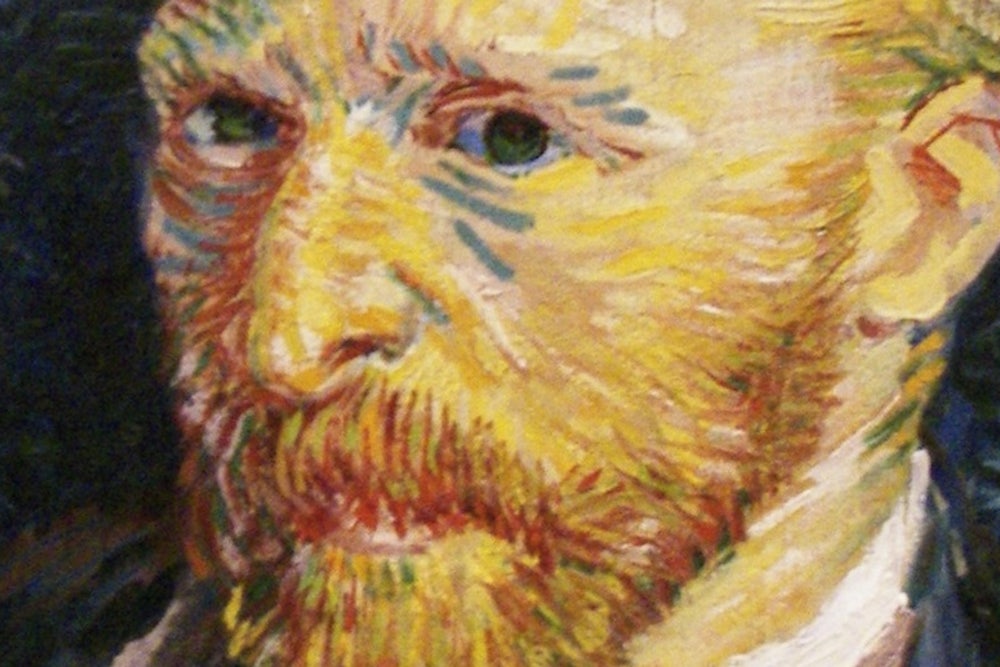Yesterday, the Oxford English Dictionary named “selfie” the 2013 “Word of the Year”—sending the Internet off on a predictable wave of hand-wringing over this generation’s narcissism. Jonathan Freedland of the Guardian asked, “What greater testament could there be to the ‘me generation’ than the rise and rise of the selfie?” The Daily Beast congratulated “narcissistic millennials” for changing the dictionary.
But people have been painting, sculpting, and photographing themselves long before the smartphone turned us all into amateur self-portraitists. No one says Raphael or Rubens were narcissistic—and they spent years painting their own faces.
The invention of the camera in the nineteenth century brought a new phase of self-portraiture. Early photographers used mirrors, timers or remote-controlled shutter releases to take pictures of themselves.
The popularization of the smartphone in the 2010s has allowed non-professional photographers to experiment with the form.
If Anthony Weiner had lived in the sixteenth century, would he have made oil paintings of himself? If Rubens were alive today, would he be taking selfies? Renaissance self-portraits may have required more technical expertise, but the impulse driving people to represent their own image is the same; what changes over the course of generations is technology, not human nature. We chronicle our own lives with whatever means we have—whether telling stories or blogging, sketching our images in the sand or taking selfies on our smartphones. Selfie may be the word of the year, but let's not beat up on our modern selves too much: The concept behind it is eternal.
